
Sodium cyanide, with the chemical formula NaCN, is a white, crystalline powder that plays a crucial role in various industrial applications. However, its extreme toxicity demands strict adherence to safety protocols to prevent accidents and protect human health and the environment. This article will provide a comprehensive overview of Sodium cyanide use Safety guidelines, covering its properties, hazards, Handling procedures, Storage requirements, and Emergency response measures.
Understanding the Properties and Hazards of Sodium Cyanide
Sodium cyanide is highly soluble in water and hydrolyzes to produce hydrogen cyanide (HCN), a colorless gas with a characteristic bitter almond odor. HCN is extremely toxic and can cause rapid death even at low concentrations. Inhalation, ingestion, or skin contact with Sodium Cyanide can lead to serious health effects, including headache, dizziness, weakness, nausea, vomiting, difficulty breathing, convulsions, and ultimately, death. Additionally, sodium cyanide reacts violently with acids, releasing HCN gas, and can also form explosive mixtures with certain oxidizing agents.
Safety Precautions for Handling Sodium Cyanide
Personal Protective Equipment (PPE): Always wear appropriate PPE when handling sodium cyanide, including chemical-resistant gloves, safety goggles or face shields, and a respirator with an approved cartridge for cyanide protection. PPE should be inspected regularly for signs of damage or wear and replaced as needed.
Training and Education: Ensure that all personnel involved in the handling of sodium cyanide receive comprehensive training on its properties, hazards, safe handling procedures, and emergency response measures. Training should be repeated regularly to reinforce knowledge and skills.
Engineering Controls: Implement engineering controls, such as local exhaust ventilation systems, to minimize exposure to sodium cyanide dust or fumes. Ventilation systems should be designed and maintained to meet applicable regulatory standards.
Safe Handling Practices: Follow strict safe handling practices when working with sodium cyanide. Avoid generating dust or splashing the substance, and use appropriate tools and equipment to handle containers. Never pour sodium cyanide down the drain or dispose of it in the regular trash.
Labeling and Identification: Clearly label all containers of sodium cyanide with appropriate hazard warnings, including the chemical name, toxicity information, and emergency contact numbers. Ensure that all personnel are familiar with the labeling system and understand the significance of the warnings.
Storage Requirements for Sodium Cyanide
Storage Location: Store sodium cyanide in a dedicated, well-ventilated storage area that is separate from other chemicals, especially acids and oxidizing agents. The storage area should be located away from sources of heat, ignition, and water.
Container Selection and Maintenance: Use approved containers for storing sodium cyanide, such as tightly sealed metal or plastic drums. Containers should be inspected regularly for signs of corrosion, leaks, or damage and repaired or replaced as needed.
Security Measures: Implement security measures to prevent unauthorized access to the sodium cyanide storage area. This may include locks, alarms, and surveillance cameras.
Inventory Management: Maintain an accurate inventory of sodium cyanide, including the quantity, location, and expiration date of each container. Regularly review and update the inventory to ensure compliance with regulatory requirements.
Emergency Response Measures for Sodium Cyanide Incidents
Spill Response: In the event of a sodium cyanide spill, immediately evacuate the area and notify emergency responders. Do not attempt to clean up the spill yourself unless you are properly trained and equipped. Follow the emergency response plan and use appropriate spill control materials, such as absorbent pads or neutralizing agents, to contain and clean up the spill.
Exposure Response: If someone is exposed to sodium cyanide, immediately remove them from the source of exposure and call for emergency medical assistance. Remove contaminated clothing and rinse the affected area with plenty of water for at least 15 minutes. Do not induce vomiting unless directed to do so by a medical professional.
Fire Response: Sodium cyanide can react violently with water and acids, releasing HCN gas, which is highly flammable and explosive. In the event of a fire involving sodium cyanide, use a dry chemical extinguisher or sand to extinguish the fire. Do not use water or foam extinguishers. Evacuate the area immediately and notify emergency responders.
Regulatory Compliance and Best Practices
Regulatory Requirements: Comply with all applicable federal, state, and local regulations governing the use, storage, and transportation of sodium cyanide. These regulations may include requirements for labeling, reporting, training, and emergency response planning.
Industry Best Practices: Follow industry best practices for the safe handling of sodium cyanide, such as those recommended by professional organizations and trade associations. These best practices can provide additional guidance and resources for ensuring compliance and minimizing risks.
Continuous Improvement: Regularly review and evaluate your sodium cyanide safety program to identify areas for improvement. Implement corrective actions as needed to address any deficiencies or weaknesses in the program.
In conclusion, the safe use of sodium cyanide requires a comprehensive understanding of its properties, hazards, and handling procedures. By following strict safety guidelines, implementing appropriate engineering controls, providing adequate training and education, and maintaining a robust emergency response plan, you can minimize the risks associated with sodium cyanide and protect the health and safety of your employees, the public, and the environment. Remember, safety is everyone's responsibility, and taking the necessary precautions is essential to prevent accidents and ensure a safe working environment.
- Random Content
- Hot content
- Hot review content
- Toxicity Assessment of Sodium Cyanide and Relevant Hazard Prevention Measures
- Flexible Customer and Supplier Relations Specialist (Location: Nigeria)
- Industrial concentrated nitric acid 55%-68%
- Collector BLK-301/Composite Flotating Active Matter ≥60%
- Colloidal emulsion explosive
- Food Grade Ammonium Sulphate
- Hydrogen Peroxide
- 1Discounted Sodium Cyanide (CAS: 143-33-9) for Mining - High Quality & Competitive Pricing
- 2Sodium Cyanide 98% CAS 143-33-9 gold dressing agent Essential for Mining and Chemical Industries
- 3Sodium Cyanide 98%+ CAS 143-33-9
- 4Anhydrous Oxalic acid 99.6% Industrial Grade
- 5Soda Ash Dense / Light 99.2% Sodium Carbonate Washing Soda
- 6Oxalic acid for mining 99.6%
- 7Calcium hydroxide Industrial Grade 90%
- 1Sodium Cyanide 98% CAS 143-33-9 gold dressing agent Essential for Mining and Chemical Industries
- 2High Quality 99% Purity of Cyanuric chloride ISO 9001:2005 REACH Verified Producer
- 3 High-Quality Sodium Cyanide for Leaching
- 4Powdery emulsion explosive
- 5Industry Grade Electron grade 98% Sulfuric Acid H2SO4 Sulphuric Acid Battery Acid Industrial Sulfuric Acid
- 6Colloidal emulsion explosive
- 7sodium hydrosulfide 70% flakes used Mining Industry


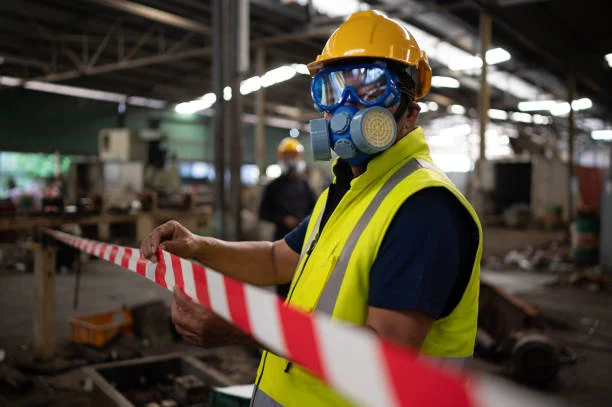
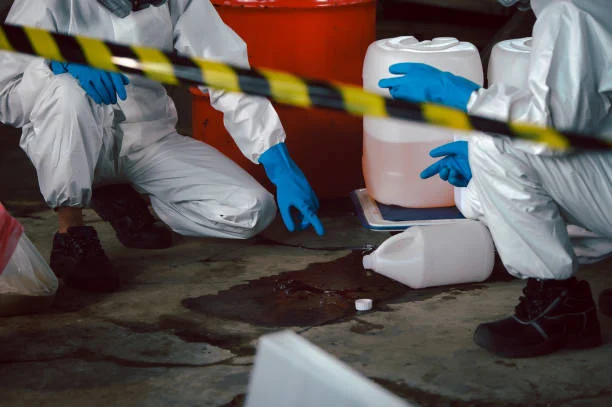
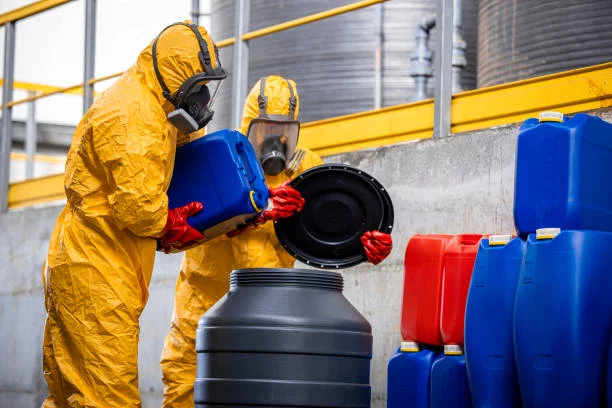
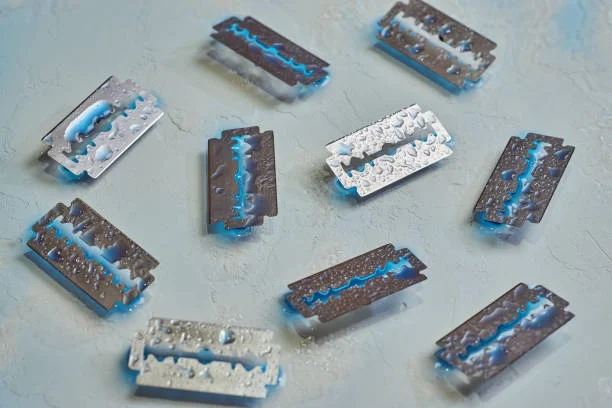

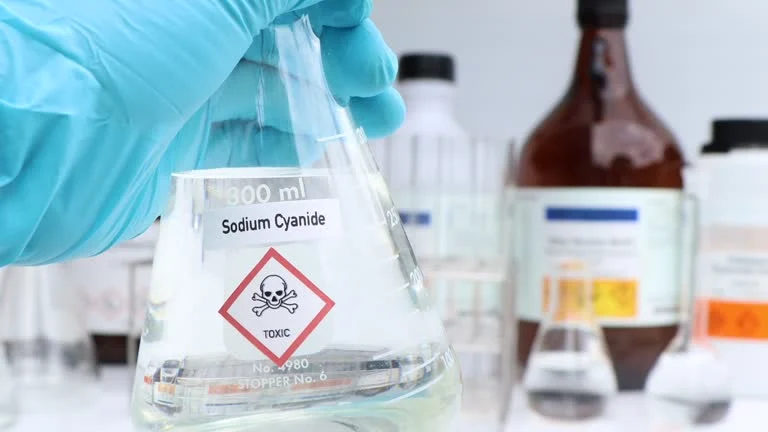
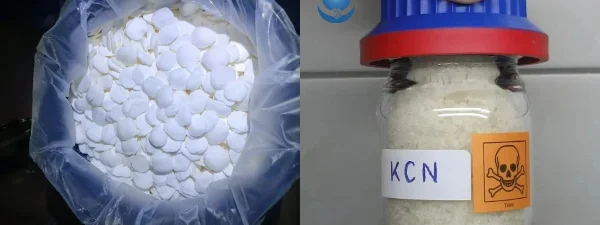



Online message consultation
Add comment: